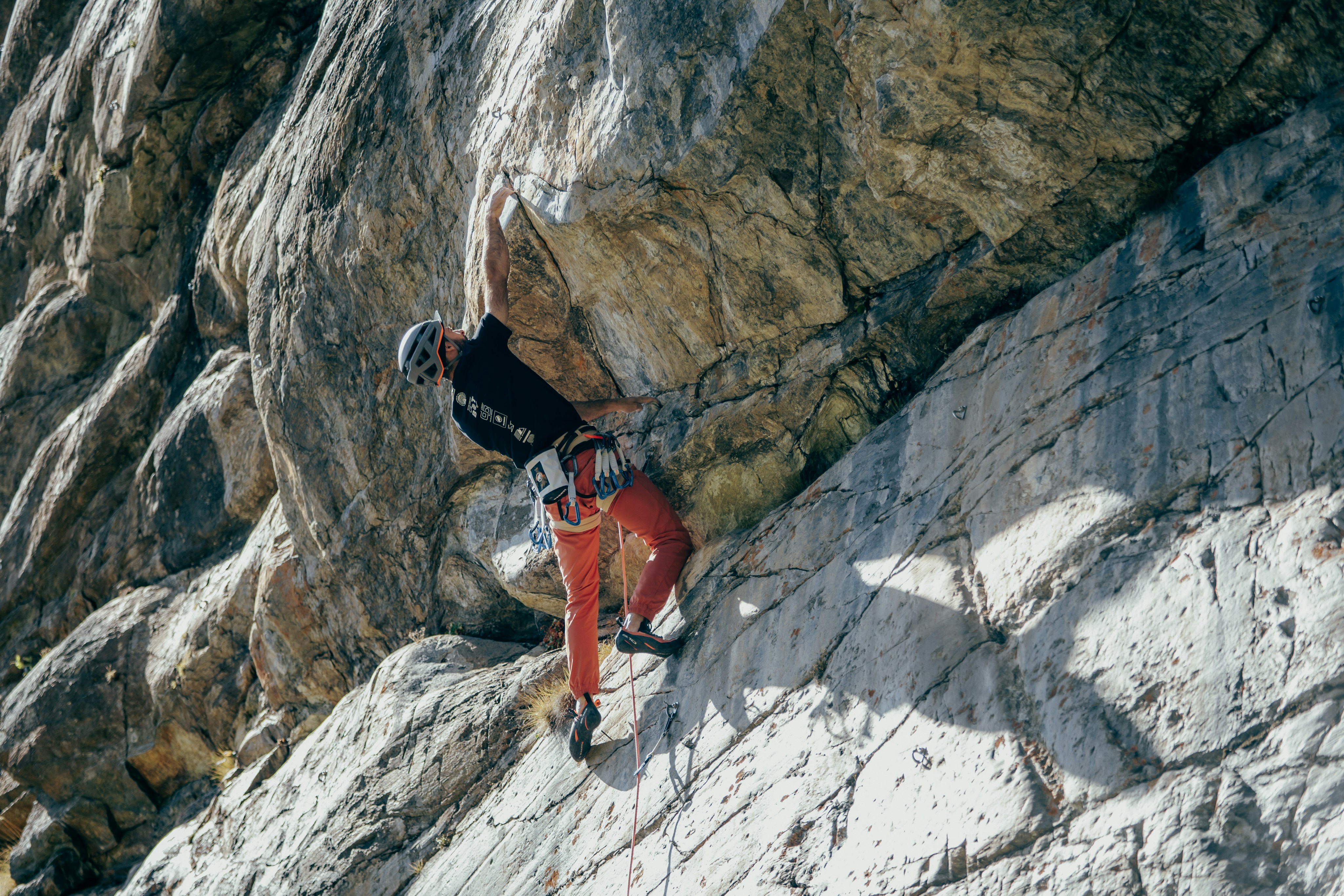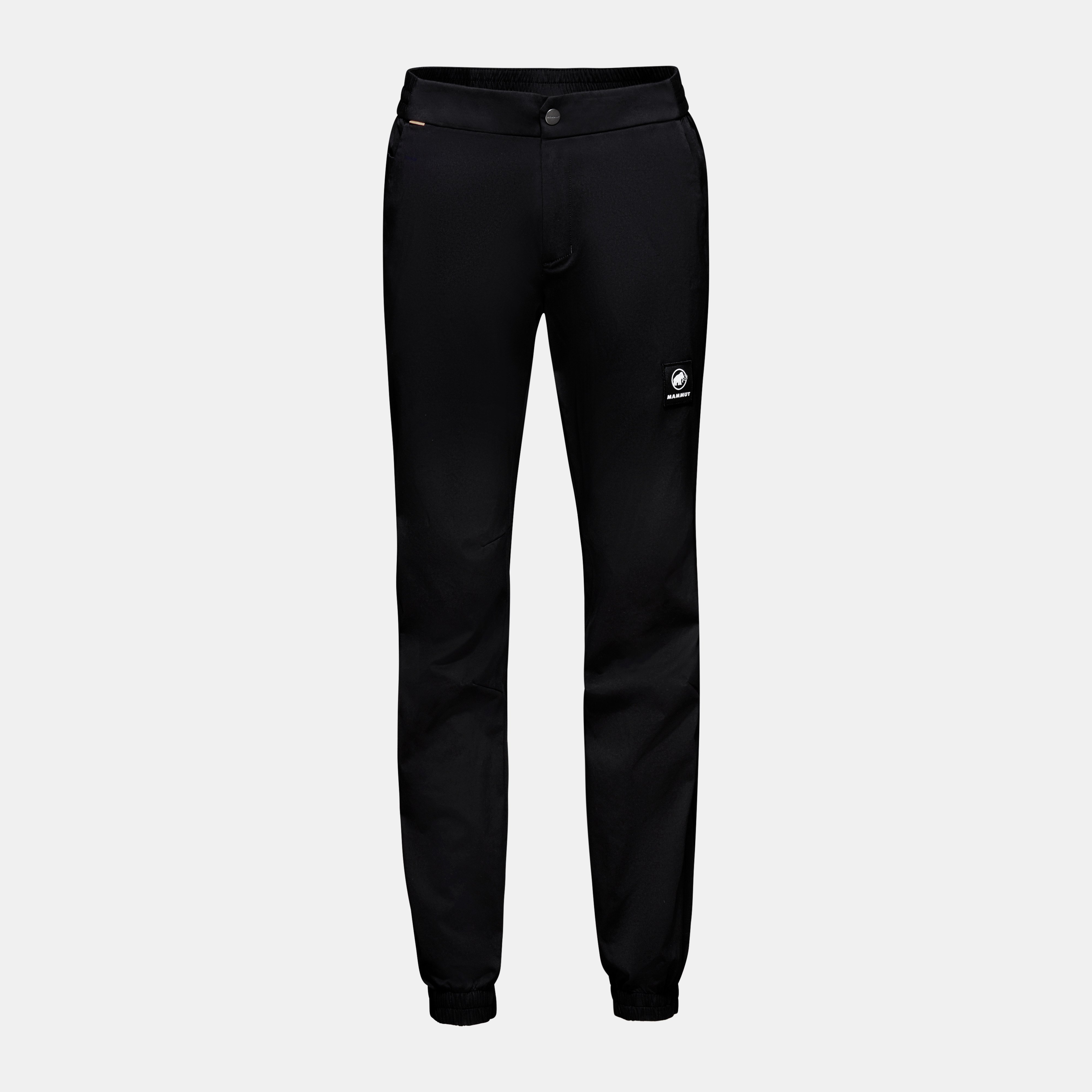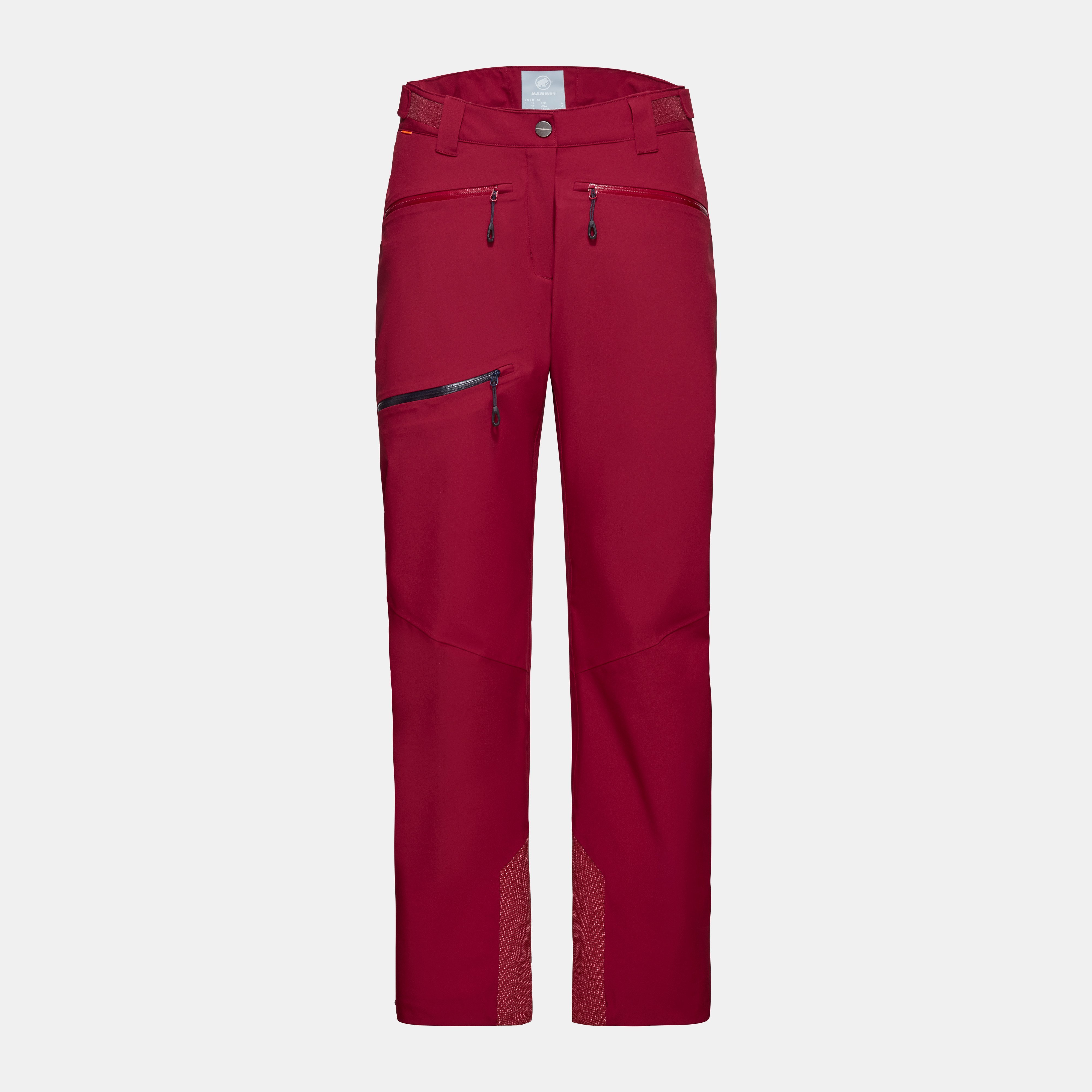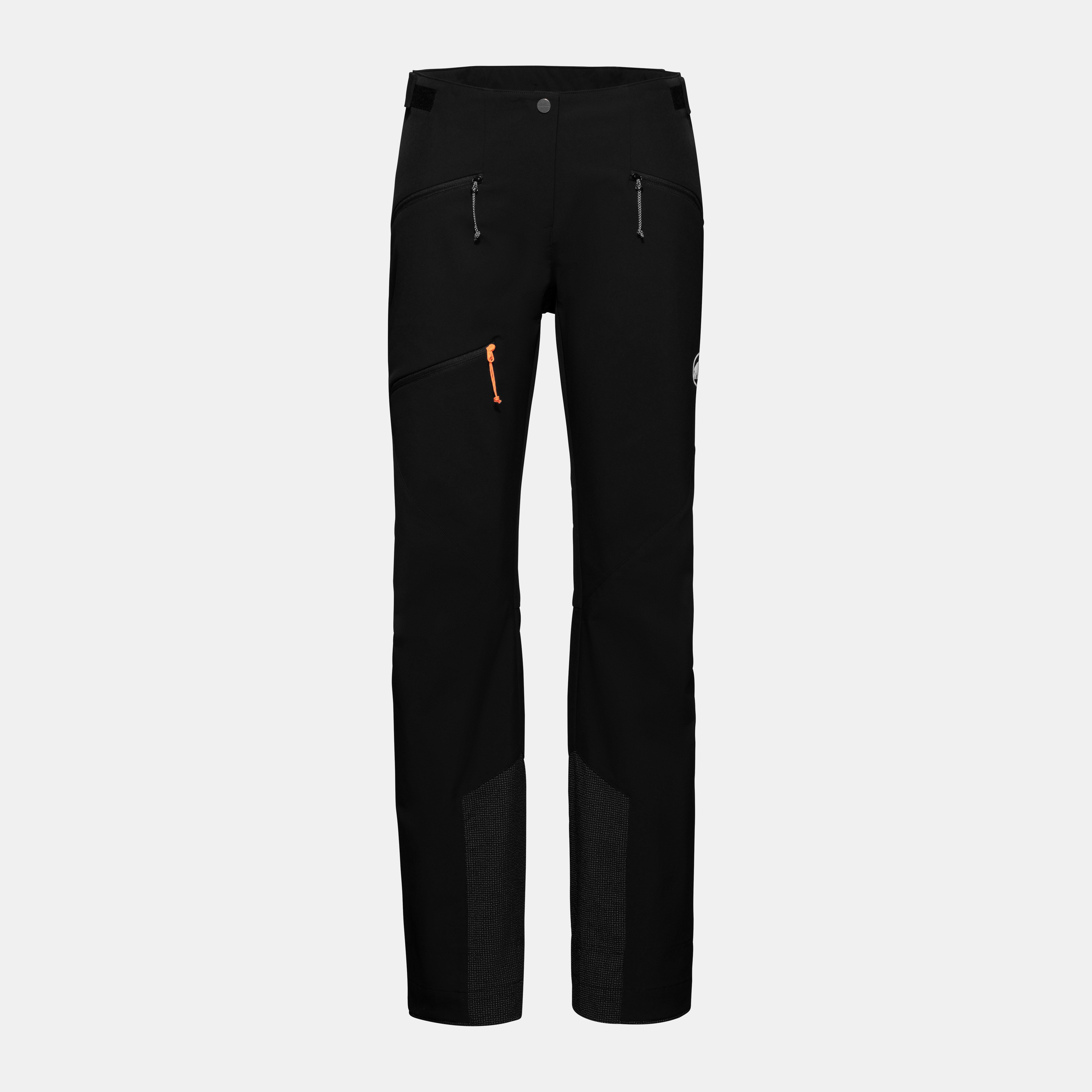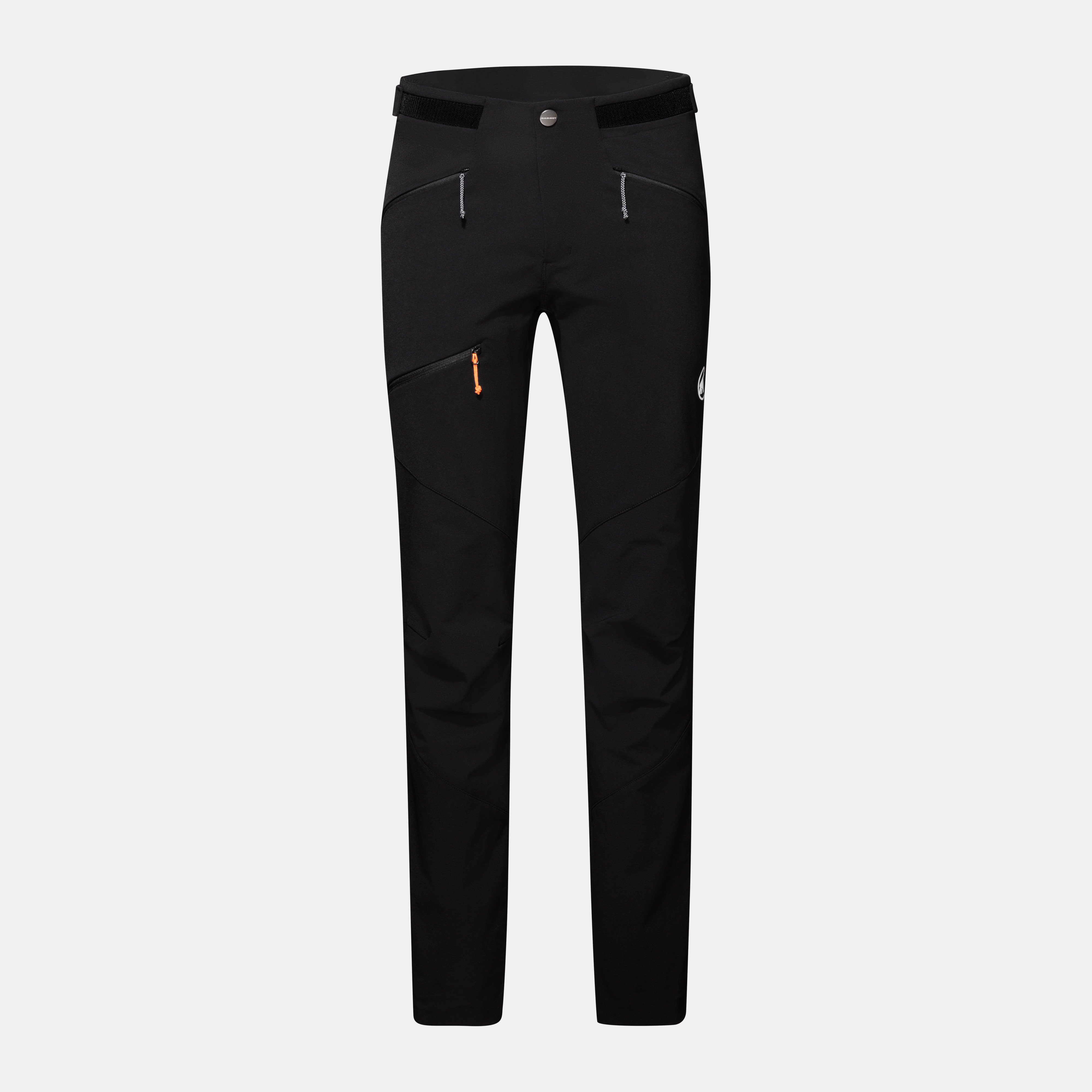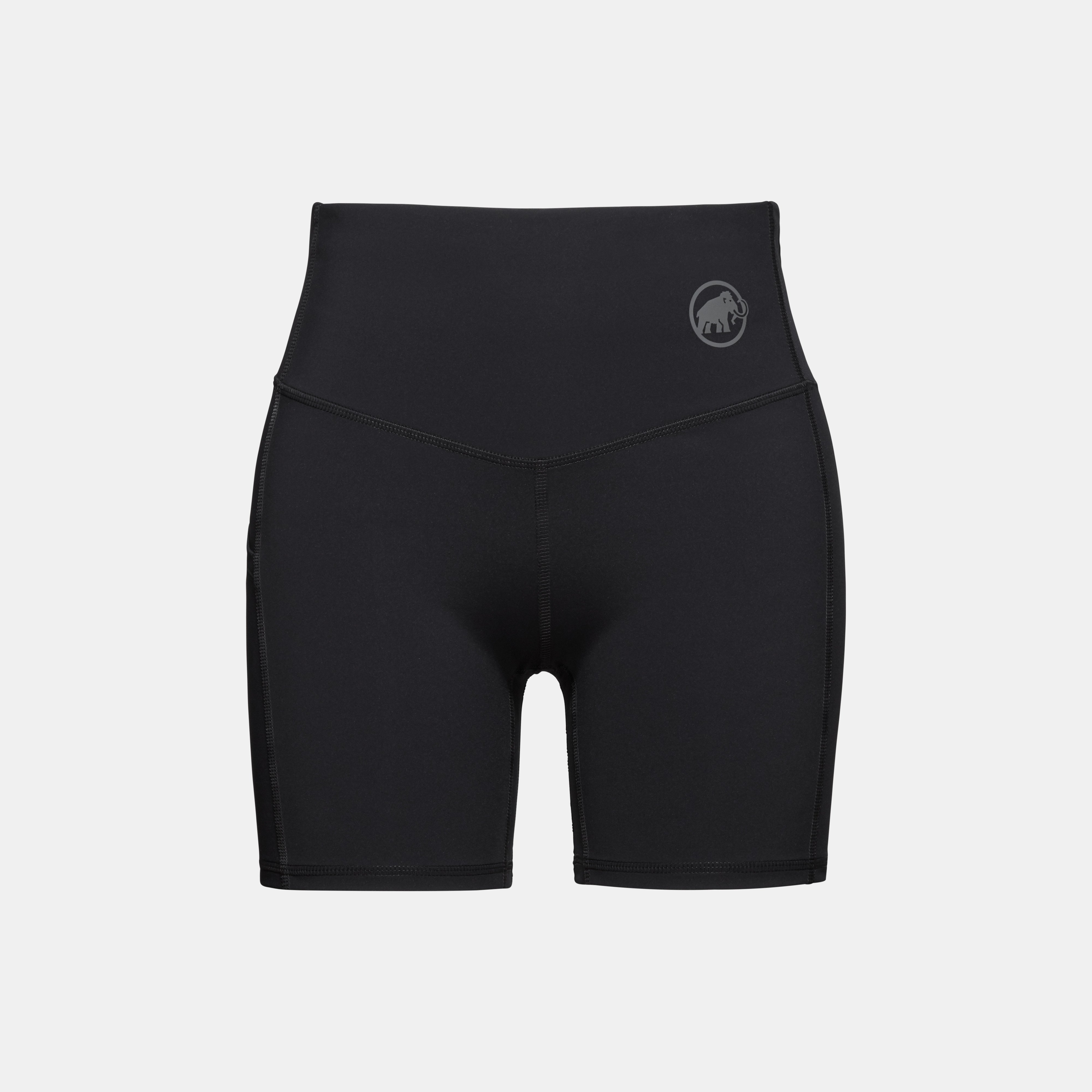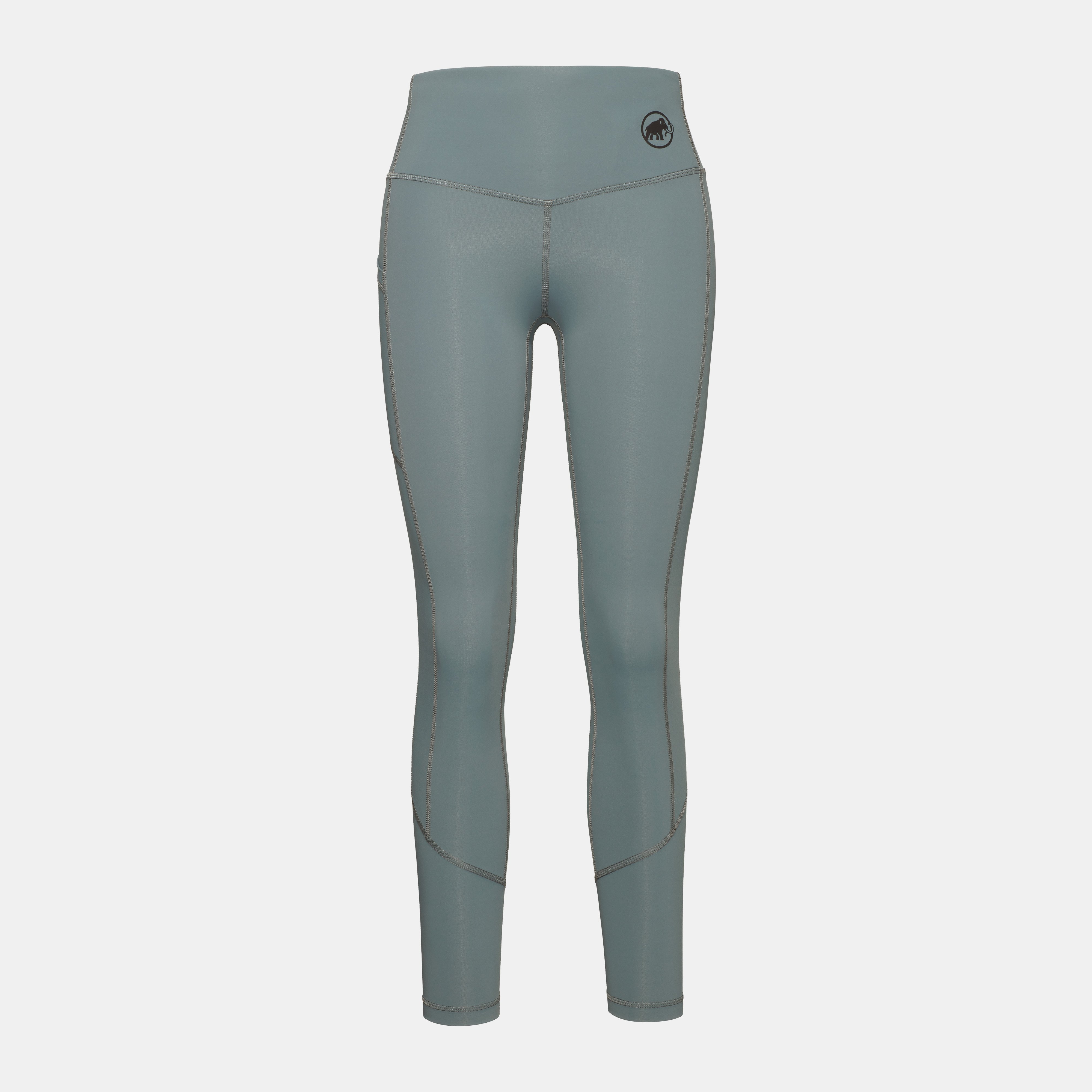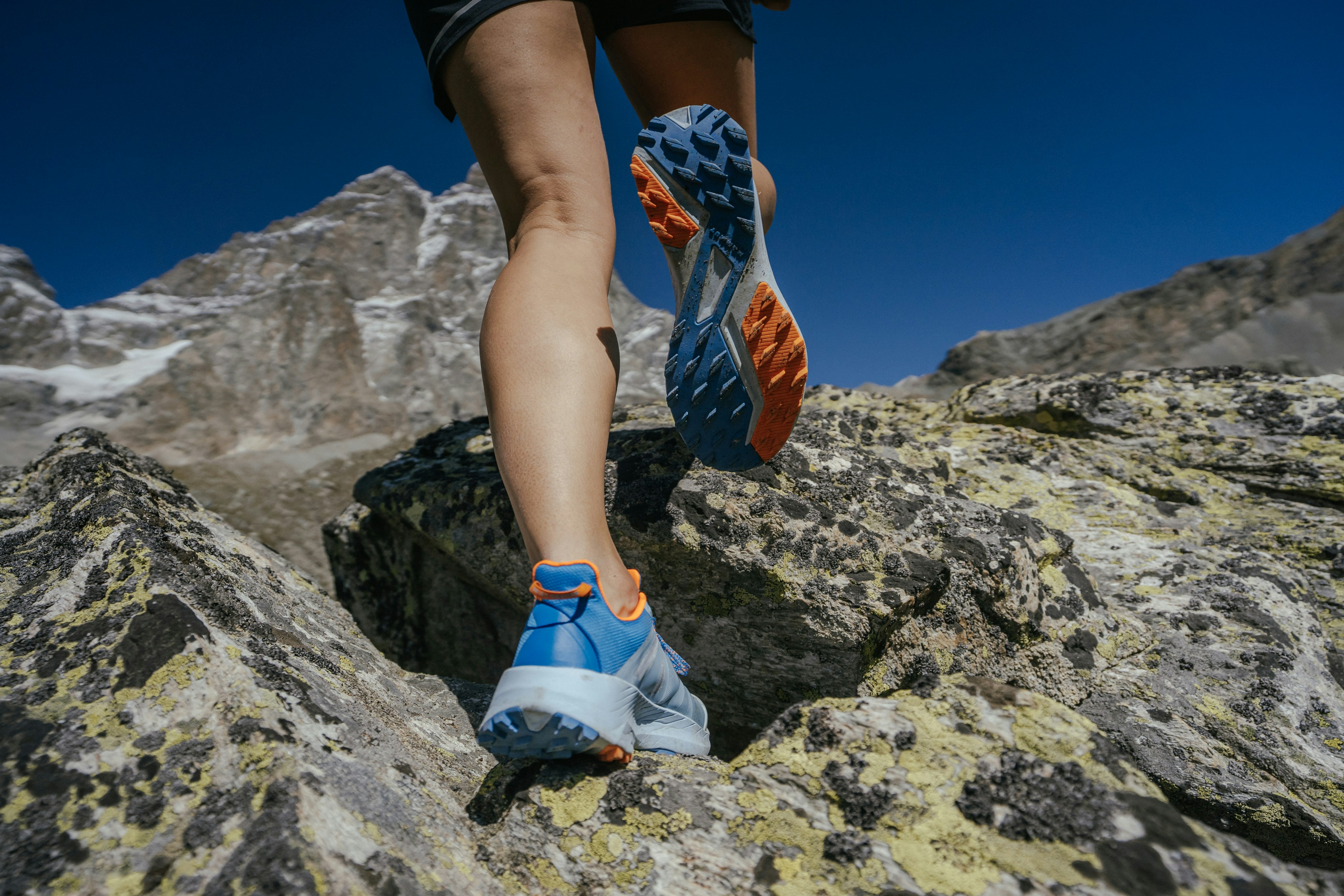What Pants to Wear for Rock Climbing: Indoor & Outdoor Guide
03/2024
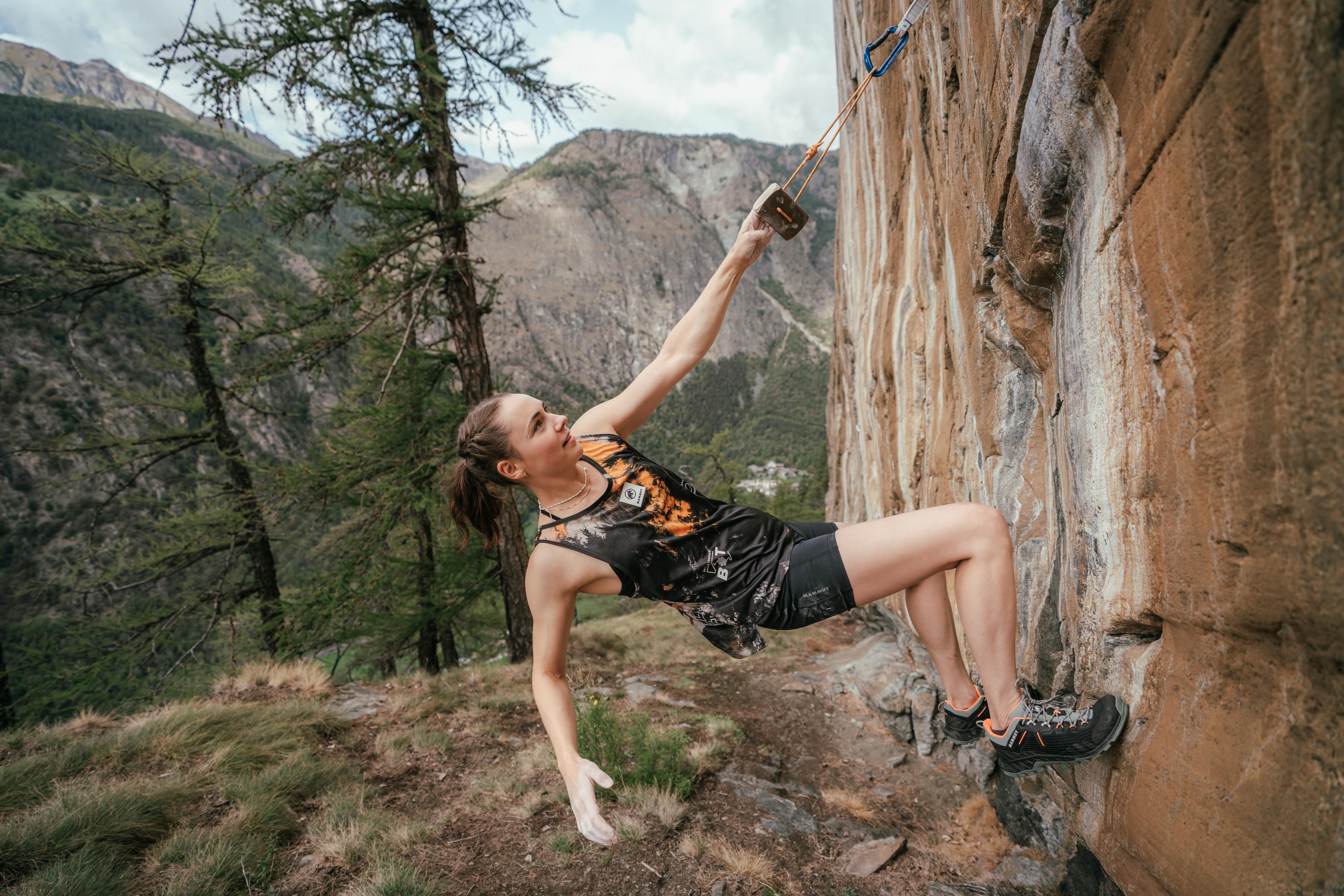
Before you take on the highest peaks around the globe or make your way from boulder to boulder, there’s one thing you absolutely won’t want to miss for an enjoyable climbing experience: the perfect pair of climbing pants. Whatever your sporting ambition, it always starts with the right gear. And if there’s one thing we can promise, it’s this: Whether you’re letting loose indoors or conquering still untamed rocks, Mammut has the perfect pair of pants to keep up with your toughest demands. Allez!
Before we get down to the details, here’s a brief overview over the most important features that make or break good climbing pants and shorts :
Perfect fit: Whether you’re opting for shorts or pants, they should fit comfortably and allow you to move freely without restriction.
Sturdy materials: Reinforced fabric in the delicate knee and crotch area will increase the life-span of your pants, even when you’re working them hard.
A good amount of elasticity: A bit of stretch increases your ability to move freely and adds an extra layer of comfort.
Breathability: Whether the sun’s beating down on you or you’re tackling a particularly strenuous route, breathable climbing pants go a long way in making sure you keep cool.
Special features: Climbing-harness-compatible front pockets, protection against crampons, a reinforced waistband – even the smallest advanced feature can make a massive difference while climbing.
Climbing pants: How to find the perfect fit
While tights snugly fit around your body like a second skin, a classic pair of climbing pants leaves a bit of breathing space between your legs and the fabric. This means you’ll enjoy maximum freedom of movement, regardless of whether your climbing style is more static or highly dynamic. Added bonus: It’s virtually impossible to get caught on protruding rocks or in cracks.
Handy tips for trying on pants: Climbing pants should be stretchable and shape-retaining, yet allow you to move as freely as possible. So when you’re trying on pants, put them straight to the test with some of your typical climbing moves to ensure they fit your requirements down to a tee. Here are a couple of moves you might want to try:
* Standing with your legs apart
* Long lunges
* Lifting your leg and stepping onto a chair or table
* Or practicing some of your climbing moves on a small bouldering wall in the store.
Hip and waist: Super tight waistbands that pinch can quickly suck the fun out of any climbing adventure. That’s why climbing pants are cut a bit higher and more loosely, particularly in the hip area. Not only does that make them a whole lot comfier, they also allow you to move as freely as you like. So when buying your next pair of climbing pants, opt for a design with adjustable waistband, e.g. a drawstring or velcro closure, so you can make sure they perfectly fit your shape.
Crotch area: A reinforced crotch area allows for maximum freedom of movement while offering protection against chafing from the leg loops of your harness .
Pockets: Ideally, you should be able to reach your front pockets even when your harness is tightened. A zip closure is not essential, though it helps keep your keys, phone and snacks exactly where they’re supposed to be, even when you’re in the middle of navigating an overhanging rock.
Hems: Whatever pants you end up going for, the hems should be fitted with drawstrings, elastic bands or snaps so you can adjust your climbing pants whenever you need to. This makes it a lot easier to keep an eye on what your feet are doing and thus navigate even tricky spots with ultimate precision – and without a rogue piece of fabric obstructing your view. Not even the iciest of conditions can keep you from conquering new heights? Then reinforced hems and added protection against crampons will go a long way to ensure your climbing pants will be your loyal companion for a very long time.
Tip: When purchasing climbing pants, keep an eye out for loose buttons, eyelets and similar faults to ensure you don’t get stuck in the wrong place. Because when you’re giving it your all on the wall, only you should decide on your next move.
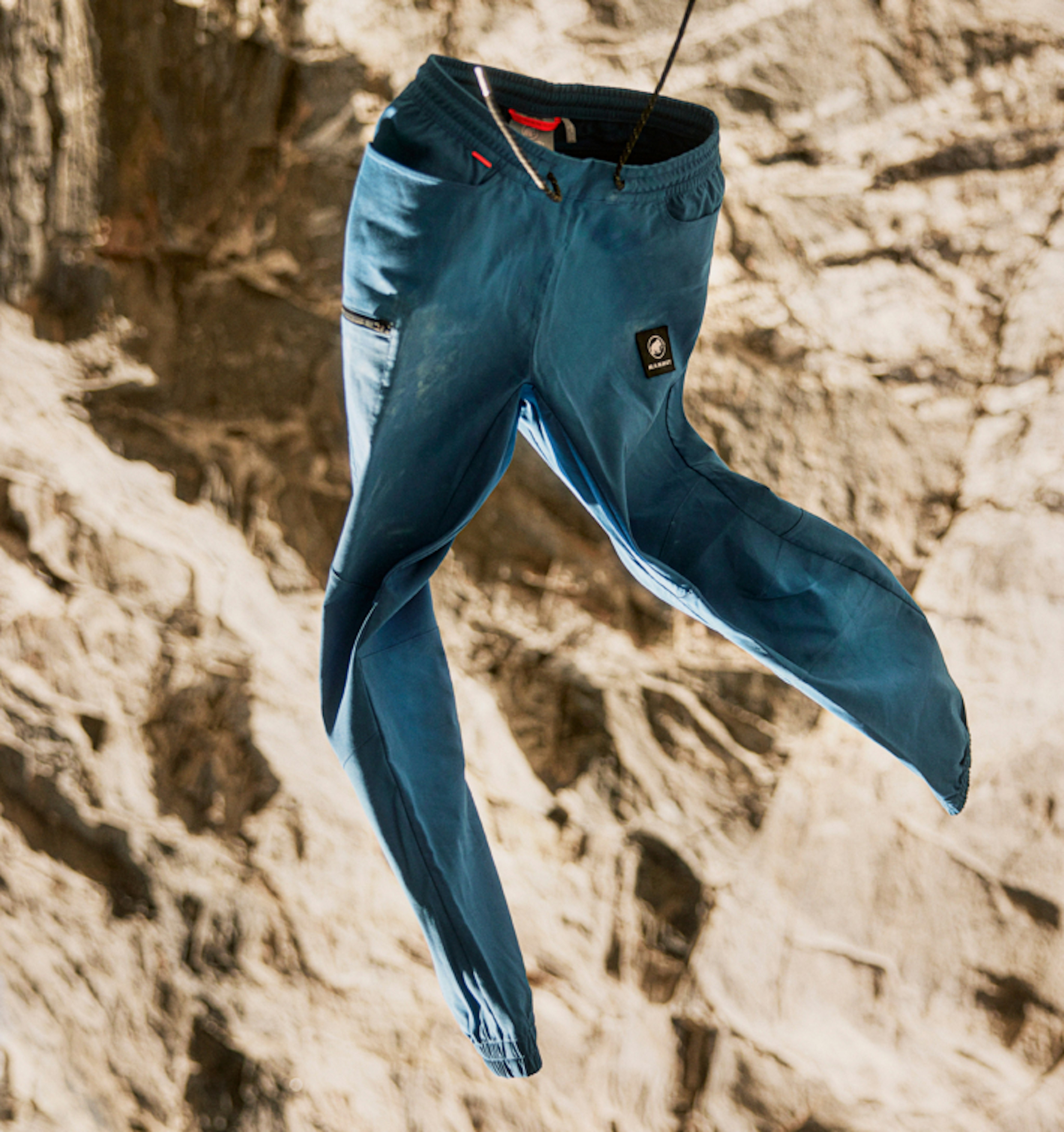
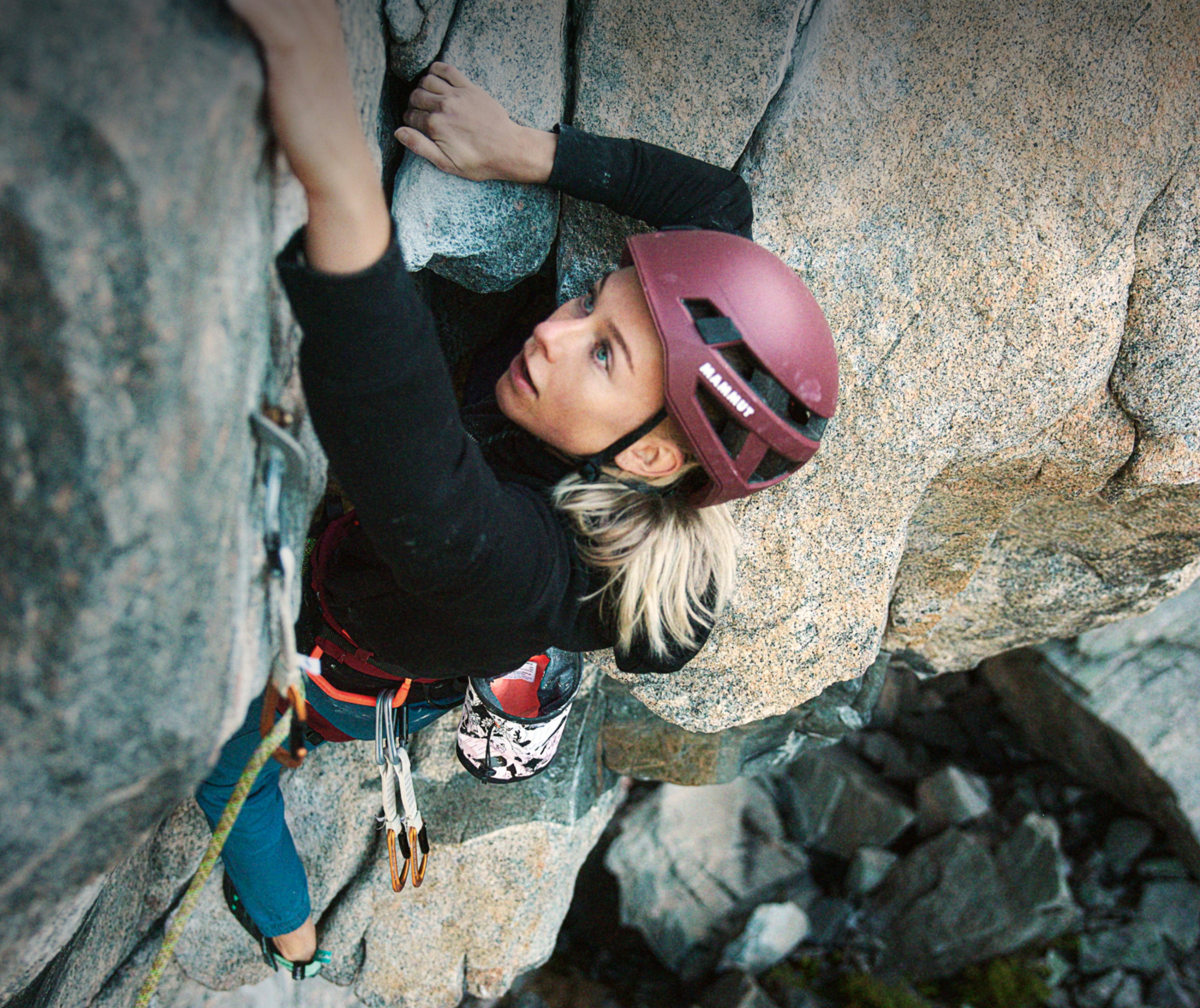
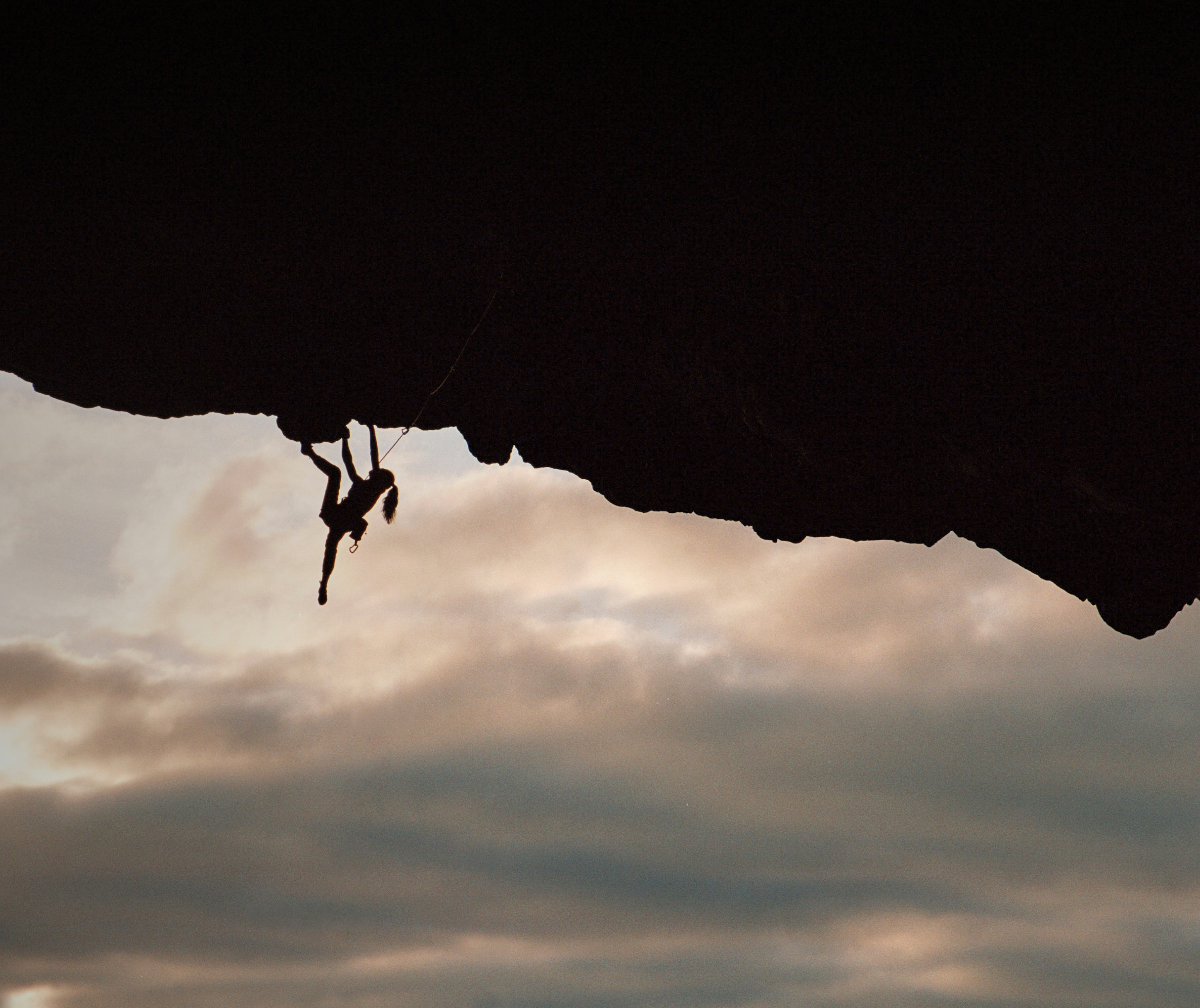
Choosing the right materials
Climbing pants and shorts should be stretchy, robust and durable. Elastic fabrics like spandex allow for unrestricted movement while reinforced areas on knees and bottom will give your pants’ lifespan an extra boost. Additionally, a certain level of breathability is a must. This prevents your body from overheating while you’re tackling tough climbing routes.
At Mammut we use a variety of high-quality fabrics when making our garments. Our climbing pants are usually made from a mix of viscose and polyester because it’s just as soft as cotton, yet at the same time as stretchy as spandex. The combination of polyamide and spandex is super lightweight, and is sure to take your climbing to the next level. If you’re mainly navigating alpine surroundings, we recommend pants made from softshell material. They are wind- and water-repellent, lightweight and quick-drying. Plus, once folded, they take up barely any space in your backpack. The perfect choice if wind and weather won’t stop you from hitting the great outdoors!
Sustainability matters: That’s why we always take the utmost care when choosing our materials and use recycled polyamide and viscose made from sustainably sourced woodfiber. We foster fair and safe working conditions in our factories – keep an eye out for the Fair Wear seal. Sustainably manufactured textiles which are free from harmful substances can be identified by the bluesign® seal.
Mammut climbing pants for men and women
We offer a wide range of climbing pants for women and climbing pants for men to ensure a perfect fit. The special cut of the fabric in the crotch and leg area allows us to meet every individual requirement, so that your next session will be the best one yet.
Snugly fitting climbing tights are usually favored by women when indoor climbing and bouldering, or sport climbing. Elastic hems and a high-waisted cut give you plenty of space to move comfortably, while making sure your pants stay in place – no slipping and sliding.
Tip: Elasticity may be key when purchasing tights, but always make sure they’re opaque too so you can feel confident every step of the way and fully focus on the climb ahead.
Climbing pants or climbing shorts?
The higher the temperature, the more frequently climbers opt for climbing shorts . The benefits are obvious: better air circulation when you’re climbing and belaying, extra comfort for the approach. However, don’t forget that your legs will be a lot less protected when you’re scaling those rocks: Scratches and abrasions are as much part of the parcel as chalk on your fingers. So make sure you always have a First Aid Kit in your climbing backpack to tend to those little niggles once you’ve finished your tour.
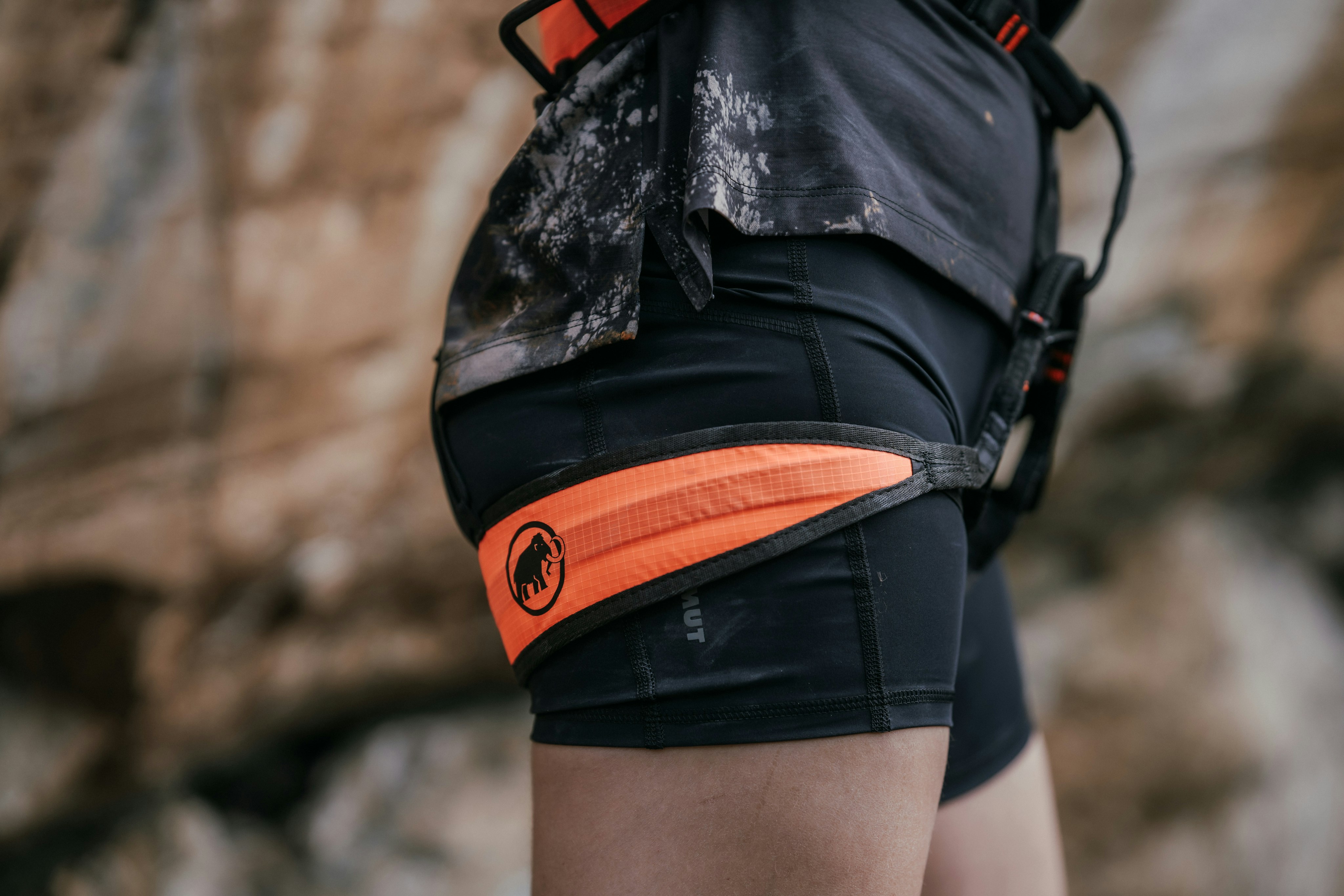
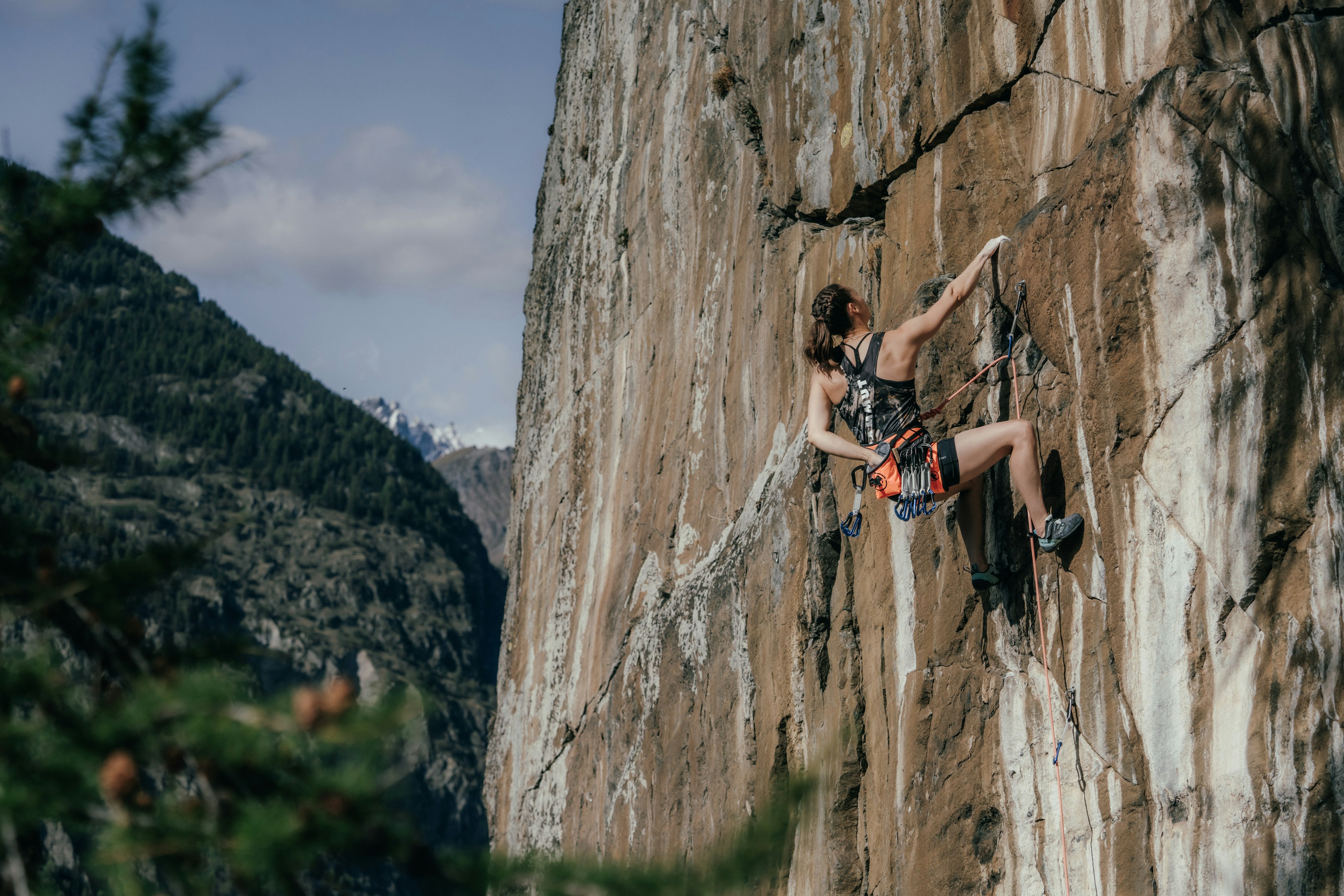
Bouldering, sport climbing or alpine climbing: Which pants for what?
Depending on your preferred type of climbing activity, be it indoors or outdoors, the right choice of pants can make all the difference. If bouldering is your thing, climbing pants that offer extensive freedom of movement are the way to go. If you spend most of your time alpine climbing, you should opt for more robust, warmer pants.
Bouldering & sport climbing: Agility is key. Whether you’re starting in a bat position (on your hands with your legs up against the wall), with a jump or a wide leg split, tight-fitting, elastic climbing pants allow you to freely move into any kind of position.
Alpine climbing: Climbing outdoors is very demanding, so your gear should be up to the challenge. Climbing pants made out of abrasion-resistant material will offer plenty of protection when you’re navigating rough crags, the elements and your climbing rope . At the same time they need to be lightweight and breathable to offer the best possible support throughout your adventures, as well as quick-drying – just in case you get caught in the rain. If you’ve got a long climbing session planned, your climbing pants should obviously keep you warm, too. That’s why alpine climbers usually rely on wind- and water-repellent materials.
Caring for your climbing pants
Not only death-defying moves can seriously shorten the lifespan of your climbing pants: Remember to follow the care instructions when washing your garments so you can get the most out of your pants. Make sure to regularly wash your climbing pants to get rid of all the dirt and sweat – on top of keeping unpleasant smells at bay, this will prevent fabric damage and abrasion caused by dirt particles.
While it may be good old-fashioned handiwork in the mountains, down in the plains you can just sit back and let technology do the rest: Most climbing pants are suitable for machine washing. Just make sure to use special detergent and avoid fabric softeners at all costs as they can damage the elasticity and breathability of your garment. Whether it’s humans or clothing, this one rule always rings true: Nothing beats a bit of fresh air. So for best results, simply leave your climbing pants out to dry naturally!
What other climbing equipment do I need?
It’s not just the right pair of climbing pants that makes for the perfect climbing experience. Depending on the type of activity you’ve got planned, you’ll require slightly different equipment . Two things you definitely won’t be able to do without, though: decent climbing shoes and a chalk bag .
If rope climbing is your thing, the right climbing rope is as important as harnesses and belay devices . You’re about to conquer rocks? Then you’ll need quickdraws , carabiners , slings and, of course, a helmet to protect yourself against rockfall.
Want to take your climbing equipment and gear to the next level? Take a look at the must-haves our top athletes swear by. Channel your inner Adam Ondra and scale the toughest rocks. Or get ready for your bouldering trip in Fontainebleau with all the inspiration you need from Hannah Meul . Plus, Austrian athlete Jakob Schubert shares his (and our) favorite spots for rock climbing. There’s just one thing left to say: Allez allez!
